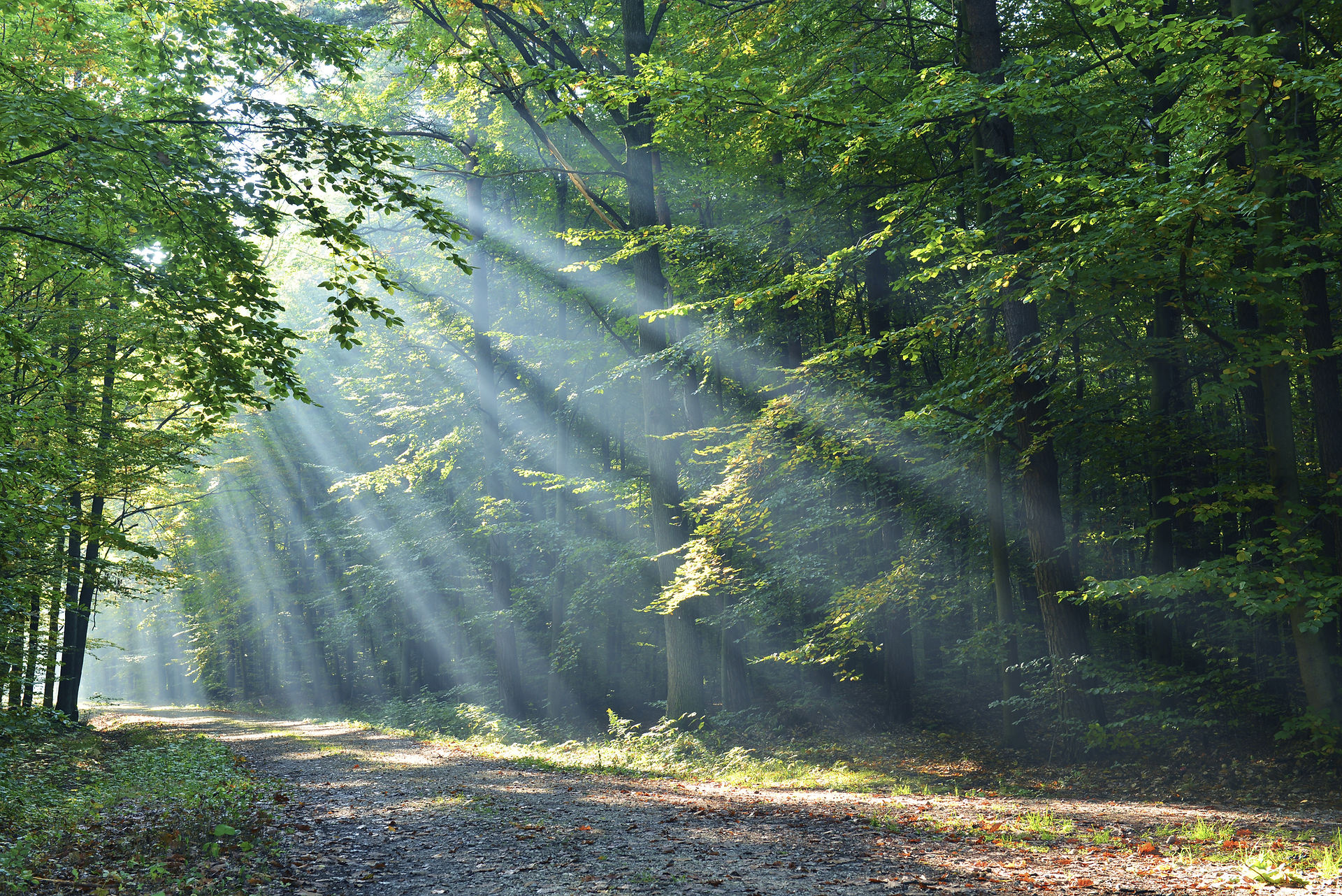- Granny Bonnet
Updated: Sep 14, 2023
January 2020

Now, as the storms of winter are in the process of lashing at our east coast, is a very good time to hunt for Amber on the foreshore. Mark you, it's not easy to find!
For those of you familiar with Amber jewellery, it would be a mistake to look for gleaming gems amongst the pebbles, as before processing, the raw material can resemble a piece of battered bone, or a dull and unremarkable stone. Most finds in the UK are small but in 2013, a lady beachcomber who knew what amber in the raw looked like, picked up a 700g piece near to Cromer pier that is probably the largest ever found along our coast.
It is possible to find other semi-precious gemstones such as agate, carnelian and serpentine if you look hard enough too, but amber is not a stone at all. It is in fact the fossilised resin of long-dead and buried pine trees from sunken Baltic forests that now lie deep beneath the North Sea. These trees stood around 50 million years ago and when they fell became layered over with silt and afterwards subjected to immense pressure. The woody parts long ago vanished but the gooey resin survived and within it, many insects, flies and even small lizards were trapped. These tiny creatures are often revealed in the final polished products and can throw light on the inhabitants of our earth around the time of the dinosaurs.
Crude jewellery was originally made of irregular pieces strung together then beads were polished and graduated while others were mounted in silver or gold for added enhancement and sophistication.

There are over 250 shades of Amber ranging from palest cream and lemon through gold to dark brown and in some regions of the world ruby-red, blue and black. Those items with an insect trapped within often command a higher price for novelty value and interest. In Russia, Amber is mined from a layer of 'blue soil' and large pieces command the same prices as gold, but that is a different matter from the relatively small pieces found along our coast, and is a subject to which I will return in another article.
For centuries Amber has been used for healing since it contains Succinic acid that occurs naturally in plants and animals, (the Romans called Amber sūcinum).
The chemical known as 'Spirit of Amber' was extracted by pulverising and distilling, and was primarily used for rheumatic aches and pains. Worn against against the body Amber warms, and it is believed by many that the acid can be absorbed through the skin for pain relief for a variety of ailments from teething to arthritis.
On another level, Amber is supposed to absorb negative energy, helping to alleviate stress, clear depression and stimulate the intellect. It supposedly encourages decision-making, and spontaneity, promotes self-confidence, creative self-expression and with it wisdom, balance and patience.
Wow! Really? Best I dig out my Amber earrings bought long ago in Southwold and wear them on a more regular basis. Might help stimulate my ageing brain-cells eh...?
—Granny Bonnet





